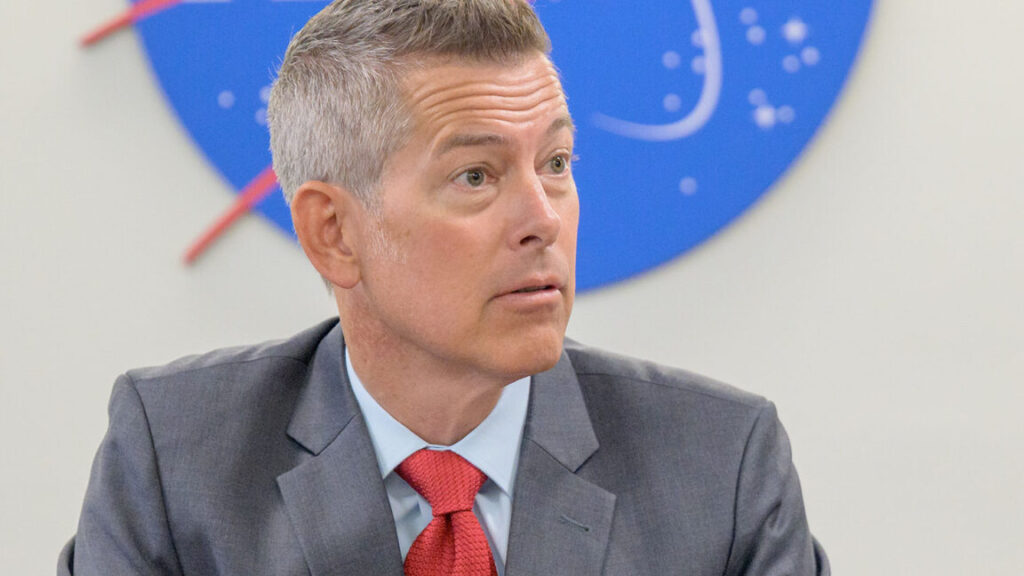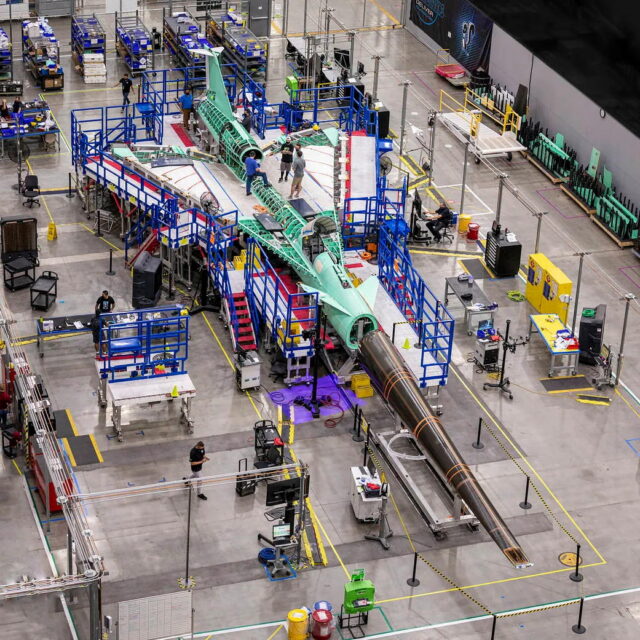Capitol Hill is abuzz with talk of the “Athena” plan for NASA
In recent weeks, copies of an intriguing policy document have started to spread among space lobbyists on Capitol Hill in Washington, DC. The document bears the title “Athena,” and it purports to summarize the actions that private astronaut Jared Isaacman would have taken, were his nomination to become NASA administrator confirmed.
The 62-page plan is notable both for the ideas to remake NASA that it espouses as well as the manner in which it has been leaked to the space community.
After receiving a copy of this plan from an industry official, I spoke with multiple sources over the weekend to understand what is happening. Based upon this reporting there are clearly multiple layers to the story, which I want to unpack.
In the big picture, this leak appears to be part of a campaign by interim NASA Administrator Sean Duffy to either hold onto the high-profile job or, at the very least, prejudice the re-nomination of Isaacman to lead the space agency. Additionally, it is also being spread by legacy aerospace contractors who seek to protect their interests from the Trump administration’s goal of controlling spending and leaning into commercial space.
The Athena plan’s origin
The leaked document is 62 pages long and, according to sources, represents a pared-down version of a more comprehensive “Athena” plan devised by Isaacman and his advisors early in 2025, after President Trump nominated him to become NASA administrator.
The Athena plan lays out a blueprint for Isaacman’s tenure at NASA, seeking to return the space agency to “achieving the near impossible,” focusing on leading the world in human space exploration, igniting the space economy, and becoming a force multiplier for science.
Isaacman’s nomination was pulled in late May, largely for political reasons. Trump then appointed his Secretary of Transportation, Sean Duffy, to oversee NASA on an interim basis in early July. As a courtesy, in August, Isaacman’s team edited a shorter version of the plan down to 62 pages and gave a copy to Duffy and his chief of staff, Pete Meachum.
Capitol Hill is abuzz with talk of the “Athena” plan for NASA Read More »





















